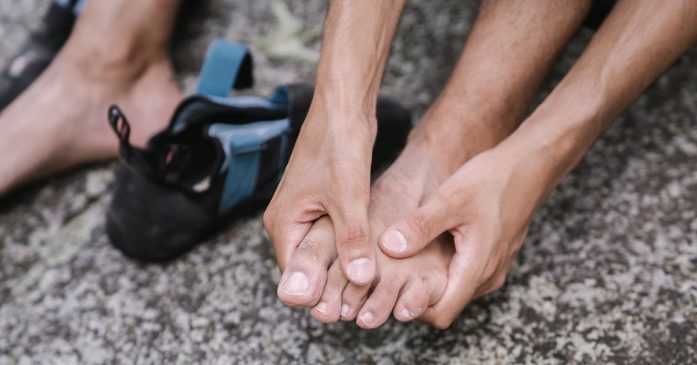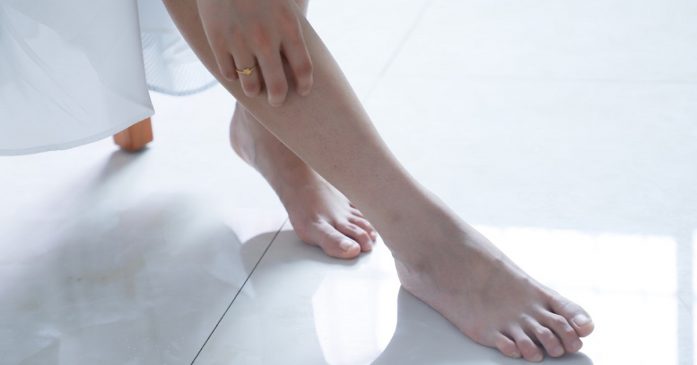Chemist.net Cookie Policy : We use cookies to enhance your user experience. To find out more please view our cookie policy
Diabetic Foot Care: How Do You Keep Your Feet Healthy?

In this article, we take a look at what diabetic foot is, common foot problems associated with it and prevention measures. Read on!
The health of your feet is vital, particularly if you have diabetes. With diabetes, you have a considerably higher risk of experiencing foot issues that could lead to amputations. You can lower your risk of getting foot issues by taking proper care of your feet and checking them frequently. Keep reading to find out how you can take care of your feet.
Why is foot care important for people with diabetes?
High blood sugar levels can damage nerves and blood vessels over time. This damage can result in decreased blood flow to the feet and a loss of sensation in the feet, making it difficult to detect injuries or infections. Without proper foot care, even minor injuries like blisters, cuts, or calluses can quickly become infected. They can lead to more serious complications, such as foot ulcers, gangrene, and amputation.

Common foot problems associated with diabetes
Diabetes can increase the risk of several foot problems, some of the most common include:
Neuropathy
High blood sugar levels can damage the nerves that carry sensations to the feet, leading to neuropathy. This condition can cause numbness, tingling, burning, or a loss of sensation in the feet.
Treatments include taking painkillers, getting physical therapy to strengthen the muscles and balance, and wearing supportive shoes or orthotics to protect the feet.
Foot ulcers
Open sores called foot ulcers can form as a result of neuropathy or poor circulation. If they are not properly treated, they can be challenging to heal and can become infected.
Fungal infections
Diabetes can increase the risk of fungal infections like athlete's foot or toenail fungus in the feet. These infections can result in skin cracking, redness, and irritation.
Treatment options may include using creams or medications, keeping the feet clean and dry, and wearing shoes that allow the feet to breathe.
Peripheral vascular disease
Diabetes can affect blood vessels, which results in inadequate blood supply to the feet. This may cause wounds to heal slowly and raise the danger of infection.
Calluses and corns
Diabetes can make the skin of the feet dry and thick, which can result in the growth of calluses and corns. They may develop soreness and make it challenging to wear shoes.
Treatment methods could include wearing shoes that fit well and provide cushioning, using moisturising creams to keep the skin soft, and using a pumice stone to gently remove the thickened skin.

Prevention measures to reduce the risk of foot problems
To prevent foot problems and complications, people with diabetes should:
1. Check for any cuts, blisters, sores, or swelling, especially if you have decreased sensation in your feet.
2. Practice good hygiene by washing your feet daily with warm water and mild soap.
3. Apply a moisturiser to the tops and bottoms of your feet to keep your skin soft and prevent cracking.
4. Cut your toenails carefully and file the edges with a nail file to avoid sharp corners that could cause injury.
5. Choose shoes that fit well, have a wide toe box, and provide adequate support and cushioning.
6. See a healthcare professional regularly for a comprehensive foot exam.
Diabetic foot care products at Chemist.net
People with diabetes need to keep a close eye on their feet and get help right away if they notice any changes or symptoms. Many of these foot issues can be avoided with good foot care, which includes frequent examinations and the right footwear.
Shop online at Chemist.net for diabetic foot care products to help take care of your feet.
Shop Now
This blog post was written on behalf of Chemist.net by Pharmacy Mentor.